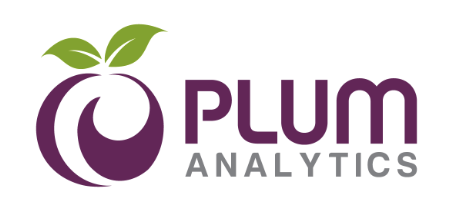Proactive Approach to Contracts as a Source of a Company Competitive Value
Keywords:
proactive contracting, preventive law, business contracts, international tradeAbstract
The aggravation of international trade relations makes it difficult for a contract to predict every single forthcoming event. However, an adequate response to this phenomenon would not be the contract complexity. The very process of contracting, as well as the role of the contract itself need some modifications. The traditional view on contracting is changing more towards relational approach to contracting. It is necessary to devise ways in which contracts may be used to focus on objectives through mutual understanding. In this regard, proactive contracting becomes the best solution which ensures contracts and contracting process itself to be successful, and also ethically and morally acceptable. Contracting process should start by building trust between future contractual partners, followed by a phase in which the parties negotiate the terms of the contract, and where eventually the contract defines the form of the agreed. Proactive legal approach strives to strengthen the adaptive capacity of a contract, creating a contractual system that is continuously being analyzed and adjusted to changing circumstances and the assessed effects, for example, by making appropriate annexes. This approach provides a basis for negotiating conflict management using the methods of alternative dispute resolution, such as mediation, conciliation, and/or arbitration. Proactive contracting makes an opportunity for managers to reformulate legal concerns into business opportunities. The aim of this paper is to analyze proactive rights, particularly in the field of contracting with preventive and promotional aspects and empirical research that should show the readiness of the Serbian companies to change their accents in contractual negotiations in order to ensure a successful outcome.
Downloads
References
Bagley, E. C. (2003). Working Effectively With Counsel. Legal Aspects of Management Series. Harvard Business School.
Barney, J. (1991). Firm Resources and Sustained Competive Advantage, Journal of Management, 17(1), 99-120.
Berger-Walliser, G. & Haapio, H. (2011). Promoting Business Success through Proactive Contracting and Visualization, paper to the Academy of Legal Studies in Business (AALSB): 2010 Annual Conference, Richmond Virginia.
Bird, R. (2011). Law, Strategy and Competitive Advantage, Connecticut Law Review, 44(1), 61-97.
Bojacis, R., Maki, E. & Goleman, D. (2008). Emocionalnalna inteligencija u liderstvu, ASEE, Beograd.
????? ? ?????????? ?????????. ("??. ??????? ??", ??. 36/2011, 99/2011, 83/2014 - ??. ????? ? 5/2015).
Masson, A. & Shariff, M. (2011). Through the Legal Looking Glass: Exploring the Concept of Corporate Legal Strategy, European Business Law Review, 22(1), 51-77.
Masson, A. &Shariff, ?. (2010). Legal Strategies-How Corporations Use Law to Improve Performance, Springer Verlag, Berlin Heidelberg.
Resilience in Contract Law a Proactive/ Preventive Law Approach , ???????? 18. ???? 2016. http://resilienz.hypotheses.org/287.
Siedel, J. G. & Haapio, H. (2010). Using Proactive Law for Competitive Advantage, American Business Law Journal, 47(4), 641-686.
Haapio, H. (2006). Business Success and Problem Prevention through Proactive Contracting, pp. 149?194 In: Wahlgren, Peter (ed.), A Proactive Approach, Scandinavian Studies in Law, Vol. 49.
Yunus, M., Dalsace, F., Menasce, D. & Faivre-Tavignot, B. (2015). Five Leading companies have adapted nonprofit business models to serve the bottom of the pyramid in France, Harvard Business Review, 46-53.
Downloads
Published
How to Cite
Issue
Section
License
Copyright (c) 2016 Faculty of hotel management and tourism in Vrnja?ka Banja, University of Kragujevac

This work is licensed under a Creative Commons Attribution-NonCommercial-NoDerivatives 4.0 International License.







